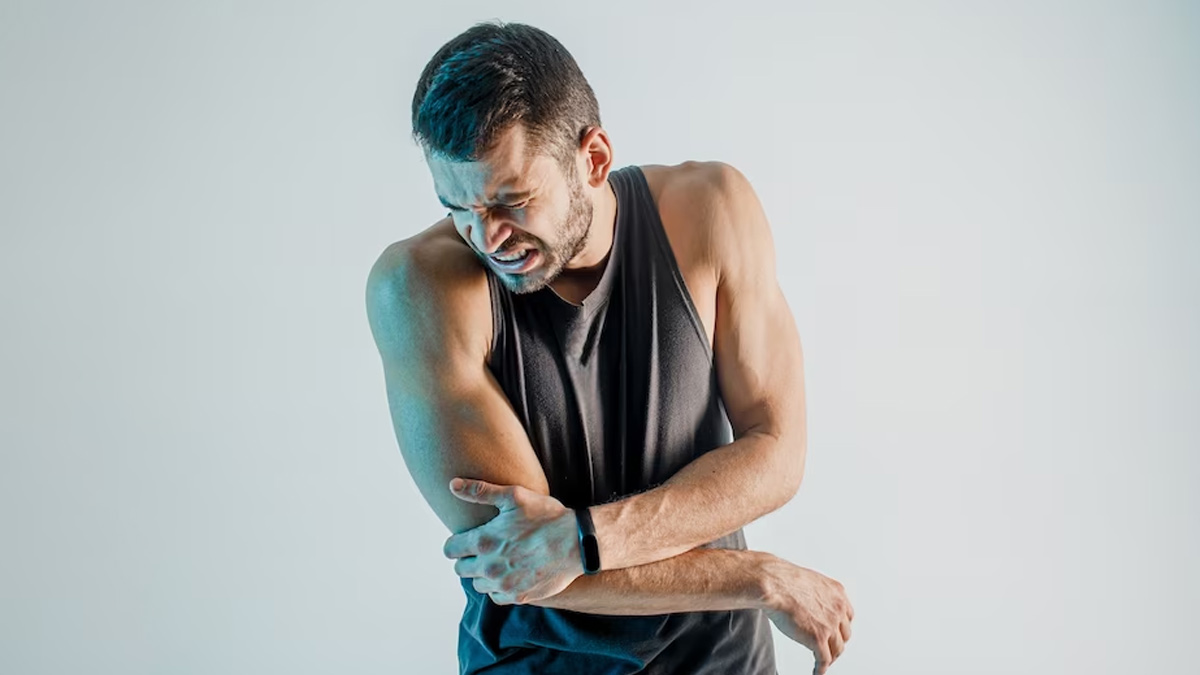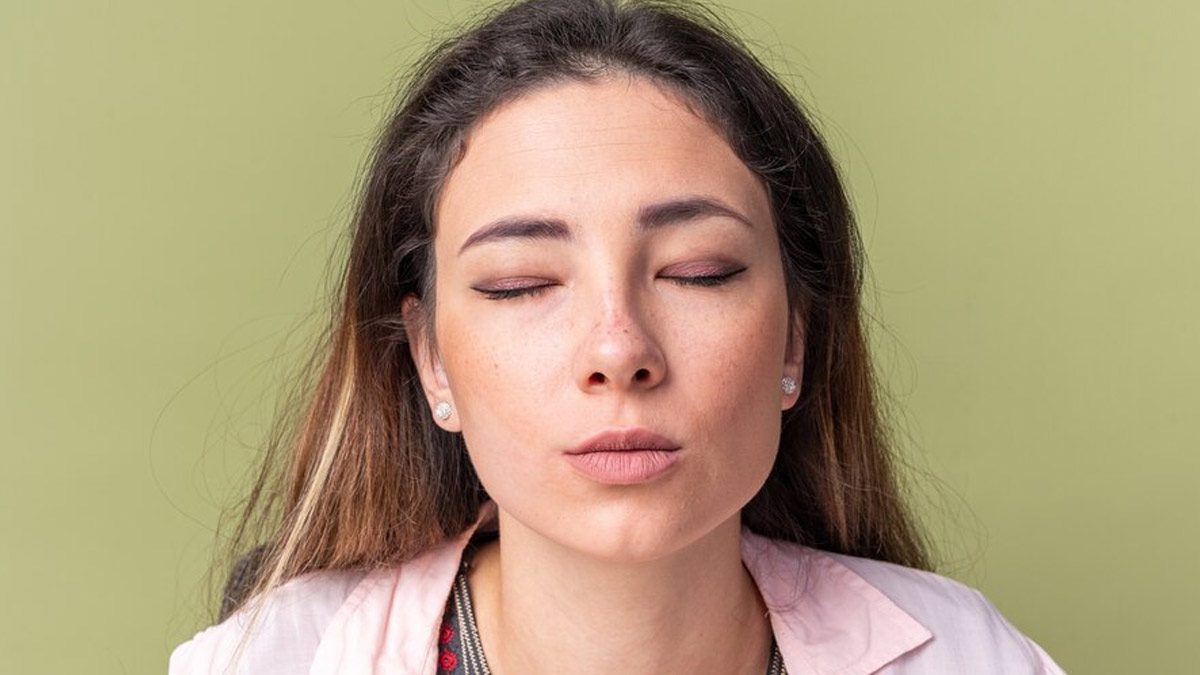
Indians are over the moon with the successful soft landing of Chandrayaan-3 on the lunar surface and the world is all praises for ISRO for this mission. Even though this was an unmanned space mission(no human passengers or crew involved), a lot of queries related to the health and safety of space astronauts are surfacing on the internet. People are inquisitive to know how space travel or living in space affects the human body. Upon checking several research and studies, here are seven interesting facts that we have found.
Table of Content:-
How Space Travel Impacts The Human Body
Living in the microgravity for longer periods is challenging and most astronauts spend six months at a time in the International Space Station. But a lot of NASA astronauts have also lived for one year under different research programs. Basis on their experiences, we have compiled seven health impacts that astronauts face and some of them are downright disturbing:
#1 Stretched Spine
Living in space can make a person grow taller by 3 per cent. The microgravity causes the spinal discs to expand and stretch the spine. This event is similar to how a spring expands when pressure is released. However, this increased height is not permanent. The astronauts would return to their normal height after a couple of months after returning to the Earth.
Also Read: 6 Factors That Affect Our Spine Health
#2 Loosening of the muscles
In the weightless space environment, the muscles begin to lose the extra tissue, shrinking the muscles. The muscles become like a jelly, if not exercised regularly. Therefore, astronauts in the International Space Station have to exercise at least two hours daily to retain their muscle mass. The exercising routine at the ISS includes weight lifting through special machines that work under zero gravity.

#3 Reduced bone density
Apart from muscle loss, astronauts may also lose bone density in space. The microgravity environment can cause the bones to break if astronauts don’t exercise regularly. As per data, astronauts may lose 1% bone density every month. Therefore, workout is crucial for space scientists. Additionally, maintaining good nutrition is also important to retain bone density.
Also Read: How To Improve Bone Density And Prevent Osteoporosis After Menopause
#4 Puffiness in face
We all know that the human body mainly comprises water. In the Earth’s gravity, the water is pulled to the lower part of the body but in zero gravity, the water is spread out around the body. This is why, face of astronauts look puffy and legs skinny when they are in space. Their bodies would return to normal a few weeks after their return to the Earth.

#5 Vision problems
There are several studies that indicate potential vision problems after living in space. A 2013 study shows that 27 astronauts who spent around 108 days in the ISS suffered eye abnormalities. Some were diagnosed with optic nerve bloating while MRIs of some showed flattened eyeballs.
#6 Impaired immune system
Living in a microgravity environment can also interfere with the body’s immune system. Exposure to radiation and experiencing microgravity, isolation, stress and altered sleep cycles can hamper the defence mechanism of the human body. Astronauts who go for deep space missions or spend a large amount of time in space are at risk of hypersensitivity, infections and autoimmune disorders. This is why a lot of astronauts get skin rashes and allergies.
#7 Hampers body coordination
Living in space in a zero gravity zone is challenging not only for the body but also the brain. It is a struggle to strike coordination between the mind and body but the struggle is doubled when they return from space. After spending months in the microgravity, the vestibular system may be altered affecting the senses. Their feet are shaky in the beginning and their coordination is also hampered. This gets better with time but it may take months to re-calibrate.
It is not easy to be an astronaut and live in space considering the n number of challenges. They know the potential risks and yet proceed keeping their health and safety at stake.
Also watch this video
How we keep this article up to date:
We work with experts and keep a close eye on the latest in health and wellness. Whenever there is a new research or helpful information, we update our articles with accurate and useful advice.
Current Version
